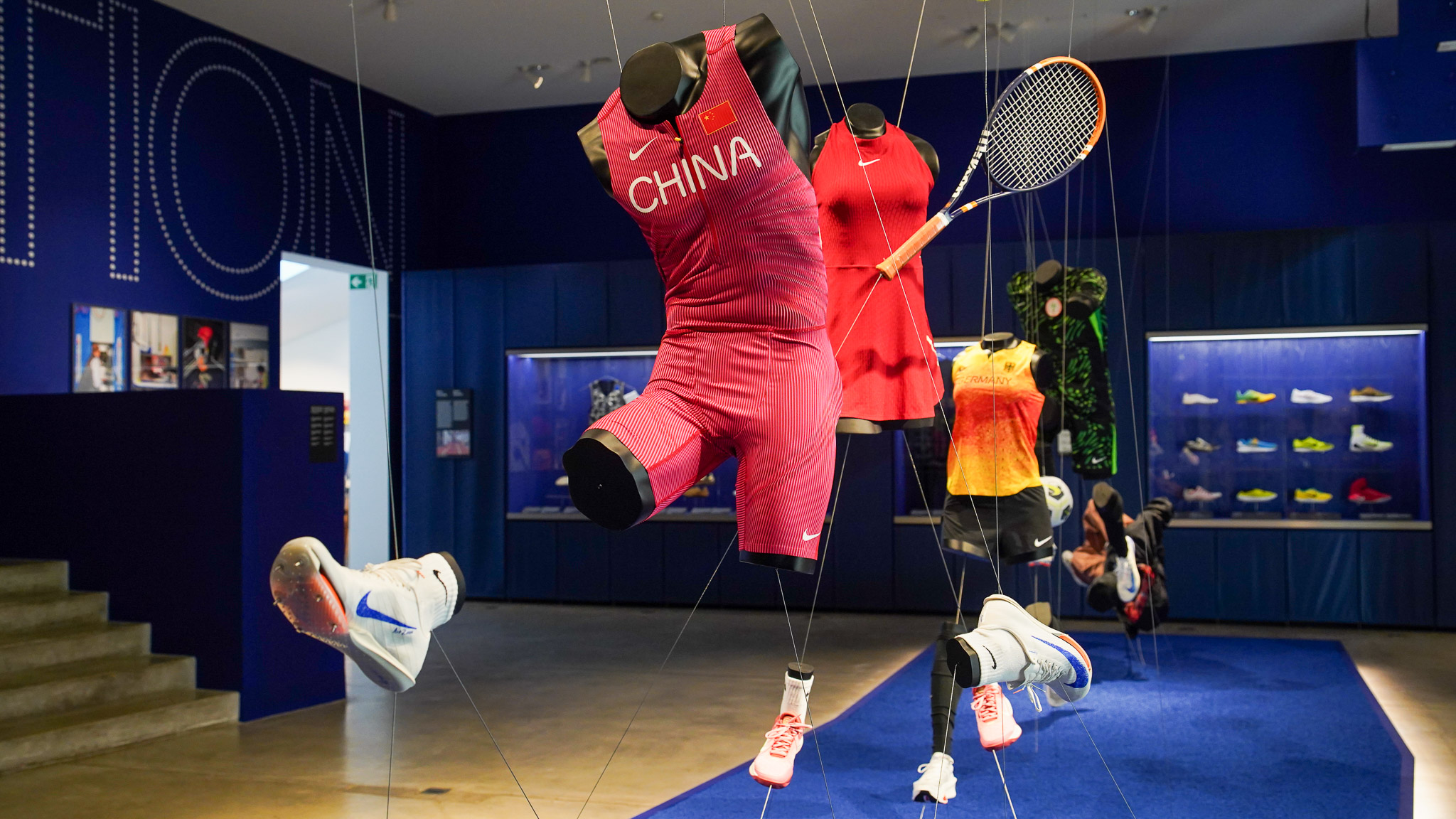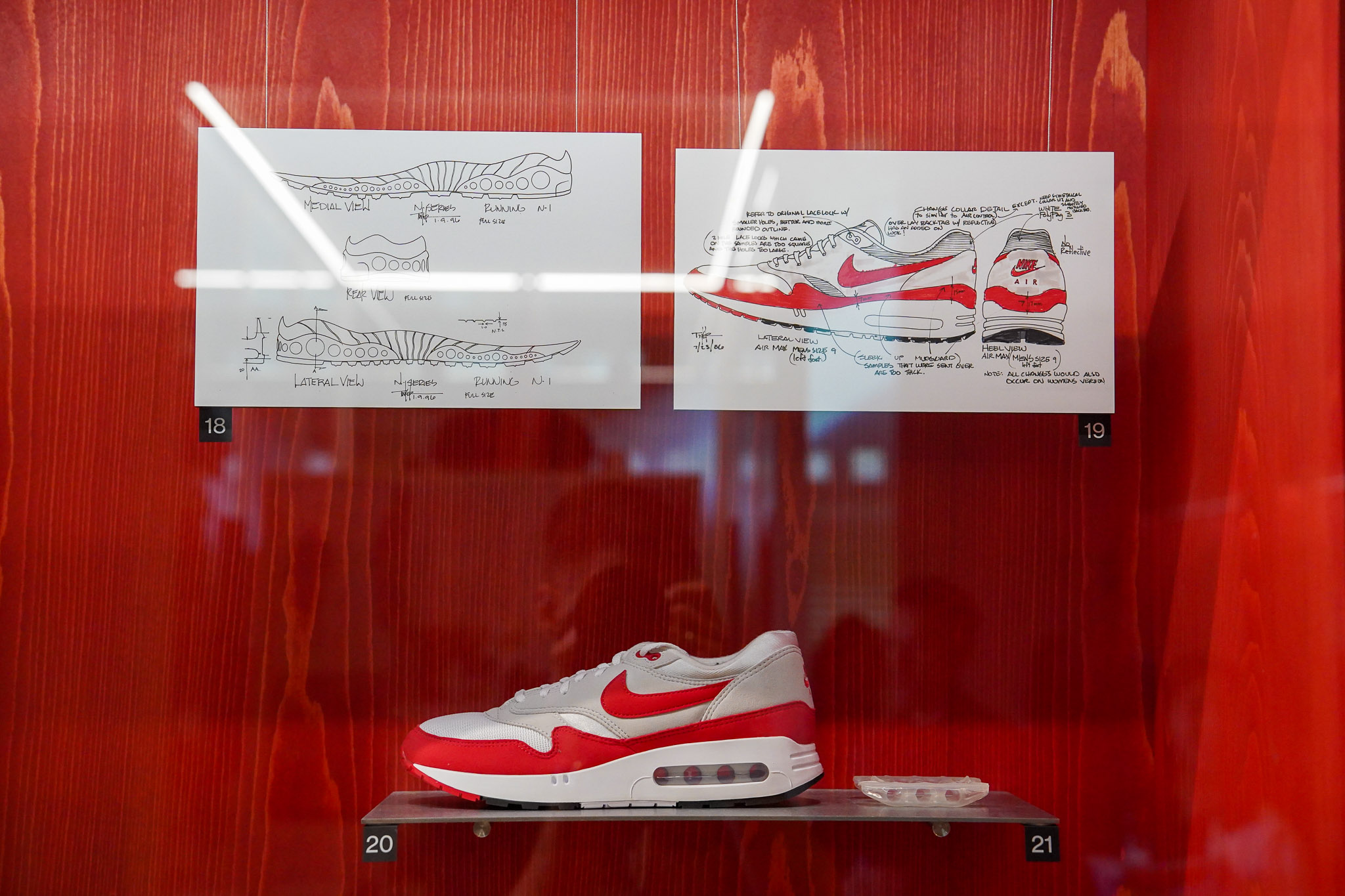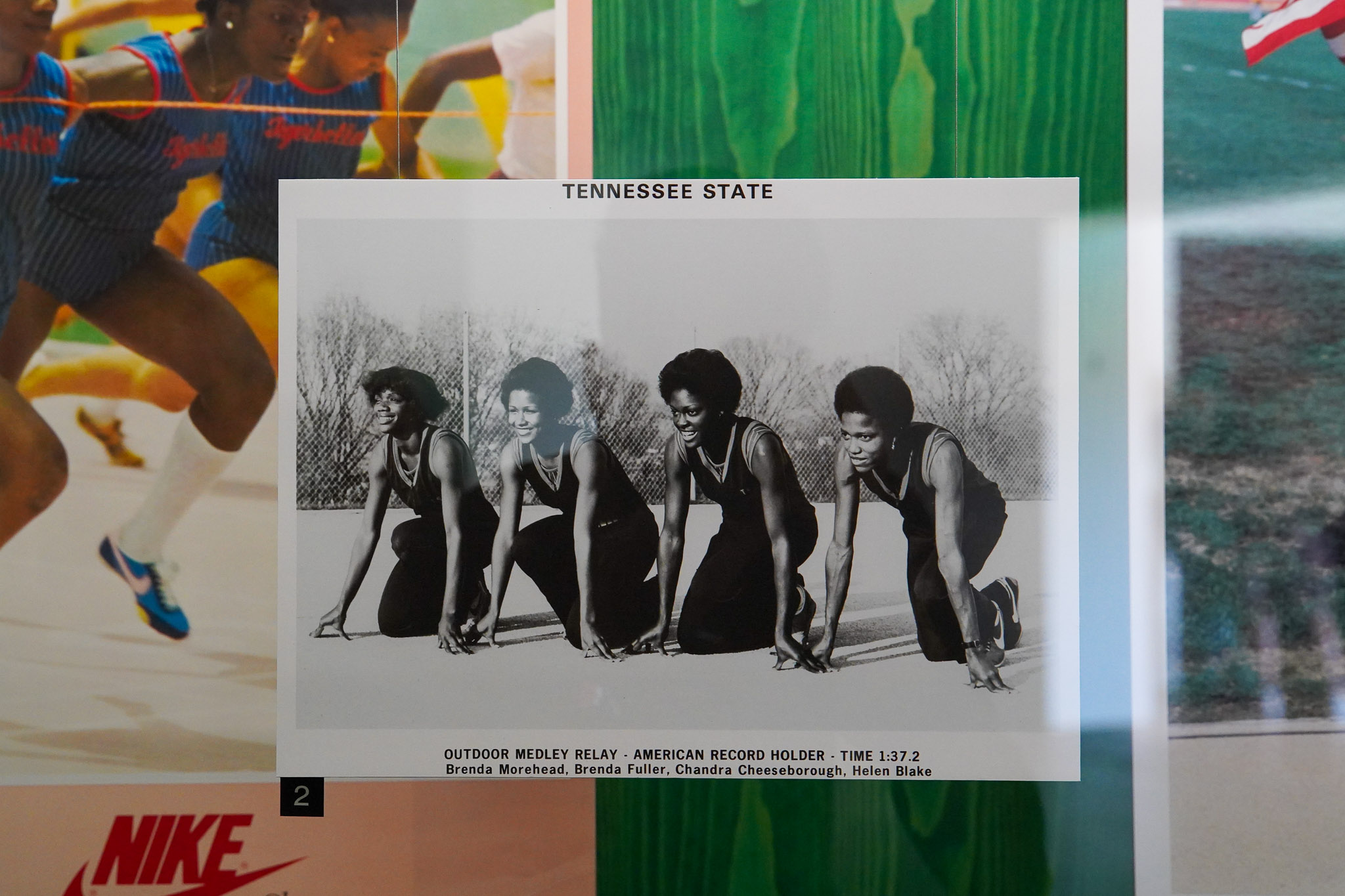
Nike, one of the most revered sports brands, needs no introduction. The company is known for its groundbreaking design innovations, from Air to Zoom and beyond, always trying to find a way to introduce new materials and technologies to categories that we thought already finished evolving.
I know as much about Nike as the next person (maybe a bit more), and because of that, I’ve always adored the brand. I read books about its shoes, watched interviews with its most influential athletes and designers, and got my hands on all the products just so I could own some of that Nike magic that helped catapult the company from a humble grassroots organisation to the multi-billion enterprise it is today.
Nike’s success isn’t just about cutting-edge technology or marketing genius; it’s about constantly pushing boundaries, balancing tradition with innovation, and designing for athletes at every level.
From the worn-in prototype of the Waffle Racer to the advanced Flyknit upper, Nike's products represent a company that’s never satisfied with the status quo. That hunger for progress, blended with a deep respect for heritage, is what makes the brand a true design powerhouse.
Knowing how influential Nike is, you might be surprised to learn that the Nike: Form Follows Motion exhibition, currently displayed at the Vitra Design Museum on the Swiss/German border, is the first time a larger collection of items from the company’s over quarter million-strong archive is on show.
“We called the exhibition Nike: Form Follows Motion to reflect both the architecture and Nike’s focus on the athlete in motion. It also plays on the idea that design is a force for cultural acceleration,” explained Dr Glenn Adamson, Curator at Large at the Vitra Design Museum, who also happens to be the exhibition's curator.
Walking through the showcase is nothing short of humbling. Surrounded by key artefacts from one of the most iconic sports brands in history, I felt a deep connection to the evolution of Nike’s design philosophy – a philosophy rooted in athletic performance but stretching far beyond the track. As someone who’s long been interested in footwear, design, and innovation, the visit was almost transcendental.

Air is all I own
At the heart of Nike’s design ethos is the delicate balance between preserving its rich legacy and constantly innovating. This is a recurring theme in the Nike: Form Follows Motion exhibition, where the title itself speaks volumes. “Nike’s research into how the body moves shapes everything about their designs. It’s about much more than just aesthetics,” explained Dr Adamson.
Given how successful Nike is as a fashion brand, it’s easy to forget that it started as a niche athletics company. Bill Bowerman didn’t create the iconic Oregon Waffle Trainer for sneakerheads; his main goal was to help athletes move more efficiently on the track.
Similarly, Frank Rudy didn’t introduce the Air technology to Nike’s Phil Knight because he wanted it to grace the underside of Air Max trainers (although I do like Air Jordans). No, Air was conceived as a cushioning system that works well mile after mile after mile.
As Nike’s Chief Design Officer Martin Lotti says, “While many see Air as a lifestyle feature today, we’re constantly repositioning it as a performance tool. During the Paris Olympics, we applied Air to everything from marathon shoes to football boots. The technology remains as effective on mile 1 as on mile 100 or 1000.”
“Air is still a big deal for us, not just because it’s iconic, but because it works,” added Tony Bignell, Nike’s VP of Footwear Innovation. “There’s no other material that gives you the same energy return.”
No wonder you’ll find air-filled pockets at the bottom of one of the (if not the) most successful running shoes, the Air Zoom Alphafly NEXT% 3. From providing an edge in the final sprint to reducing strain during long training runs, Air and Zoom technologies have become vital tools for athletes of all levels.

Athletes at the core of every design
As you make your way through the Nike: Form Follows Motion exhibition, admiring Diane Katz’s apparel line collage and the original Moon Shoe, one thing becomes clear: Nike’s designs always start with the athlete. This athlete-centered approach, which has been the driving force behind Nike’s success since its inception, is deeply embedded in its design philosophy.
From the early days when Bill Bowerman poured rubber into a waffle iron to create a shoe with better traction, Nike has focused on solving real problems for athletes. Today, that same spirit of innovation continues. "The first question we ask when designing anything is, ‘How does this make athletes better?’" Lotti told me during our conversation. “It’s a question we’ve been asking since day one.”
This focus on the athlete is evident in groundbreaking products like the aforementioned Alphafly, a franchise that has redefined performance running. But it’s not just elite runners who benefit. Nike is constantly applying technological advances to everyday products for athletes. From those who are about to tackle their first 5K to those in pursuit of a world record, there is something for everyone in Nike’s library of performance products.
Inclusivity is another hallmark of Nike’s athlete-first approach. Lotti shared how the easy-access shoes, designed for athletes with physical challenges, exemplify Nike’s commitment to designing for everyone: “Our mission is to create for every athlete. That’s why we listen so closely to the needs of different groups, whether it’s Paralympians or local running communities.”

Engines of progress
Innovation at Nike isn’t just about flashy new features – it’s about creating meaningful change through technology. As I explored the exhibit’s displays of Flyknit, Nike Air, and Zoom technology, I realised how much these innovations have shaped not only the brand but the entire sports industry.
One of the standout pieces in the exhibition was the Flyknit display. This technology reduces waste by knitting the shoe upper in a single piece, and it’s just one example of how Nike has integrated sustainable practices into its design ethos. As Lotti explained, “We’re scaling sustainable solutions, whether it’s Flyknit or Nike Grind, because we want to reduce waste across the entire production line, not just in one-off products.”
Technology isn’t just about making things faster or lighter – it’s about reimagining what’s possible. Lotti emphasised how AI and rapid prototyping have transformed Nike’s design process: “We used to be limited by time. Now, with the tools we have, imagination is our only limit.”
Imagination might not be a huge barrier, either, looking at the AI-generated footwear on display in the Vitra Design Museum. The 3D-grown model from ‘The Nature of Motion’ collection, for example, pushes the envelope of how we expect footwear to look.
Machine learning has already emerged as a disruptive technology in almost every aspect of creative industries, and sports apparel and footwear are no exception. I’m glad to see Nike treating the new technology as a tool, not the enemy.

Community spirit
One of the most inspiring aspects of Nike’s design journey is its deep commitment to community and inclusivity. As I walked through the exhibition’s final rooms, I was struck by how much of Nike’s innovation has been driven by a desire to bring people together through sport.
“Bowerman was organising jogs and community runs back in the '60s,” said Tony Bignell, “He knew that insights from elite athletes could help solve problems for everyone. So, whether it's run crews, Nike Run Clubs, or other initiatives, we’re always trying to connect with people at all levels. We want to make sure we’re talking to everyone – whether it’s a beginner runner or an Olympian.”
Dora Atim, founder of Ultra Black Running, spoke about how Nike’s community-focused designs have empowered her and the women in her group to take up space in the world of running. “Nike isn’t just designing for the elites; they’re thinking about everyday runners, too,” Atim said. “They’re helping break down barriers and making sure that everyone, no matter their background, feels seen and heard.”
This commitment to inclusivity extends to products like Nike’s easy-access shoes, which were created for athletes with physical challenges but have found a much wider audience. Nike’s ability to listen, adapt, and create for a diverse range of athletes is what truly sets it apart from its competitors. Lotti summed it up best: “At Nike, we design for everyone. That’s what makes us different – we’re always thinking about how we can make the sport more accessible.”

The power of culture
As I reflected on my tour of the exhibition, I realised that Nike’s success is not just about cutting-edge technology or a deep archive of designs. It’s about the culture that powers the company – a culture of collaboration, creativity, and the shared belief that anything is possible.
At the end of our conversation, Lotti didn’t point to any particular design as his proudest achievement. Instead, he spoke about the people he works with: “The thing I’m most proud of isn’t the shoes or the records – it’s the team and the people I’ve had the chance to work with. At Nike, we push boundaries because we work together, and that culture of collaboration is what makes us great.”
Nike’s legacy, as highlighted in the Form Follows Motion exhibition, isn’t just about the iconic products that have changed the world of sport. It’s about the people behind them; the designers, athletes, and communities who make it all possible. And as Nike continues to innovate, that culture of teamwork and shared purpose will ensure that the brand’s future is as bright as its past.







